Let’s face it—construction delays and budget blowouts are the industry’s worst-kept secrets. And these are bound to happen despite careful planning.
Freakingly, just a two-week project delay can mean hundreds of thousands in losses!
Thankfully, 4D BIM gives the project teams what they have been looking for desperately. Yeah! Smarter ways to plan, monitor, and adapt.
And now with the Boom of AI in construction design blended with ML, we have predictive analytics into the mix.
Tada! You’ve got a data-powered crystal ball that could reshape the entire project lifecycle and optimize the construction timelines. How? Let’s catch the full story.
Table of Contents:
Do You Know?
The Museum of the Future in Dubai was designed and constructed using 4D BIM and predictive analytics that reduced on-site rework by 65% and boosted productivity by 50%. Further, helping it saves time and money owing to its torus-shaped structure.
These new breakthrough VDC (virtual design and construction) technologies play a game-changing role in meeting the construction timelines and deadlines.
4D BIM: A Strong Foundation, But Not the Whole Story
Building Information Modeling (BIM) has altogether written a new chapter for AEC industry. 3D BIM provides great visualization and clash detection capabilities, laying a solid foundation for better planning.
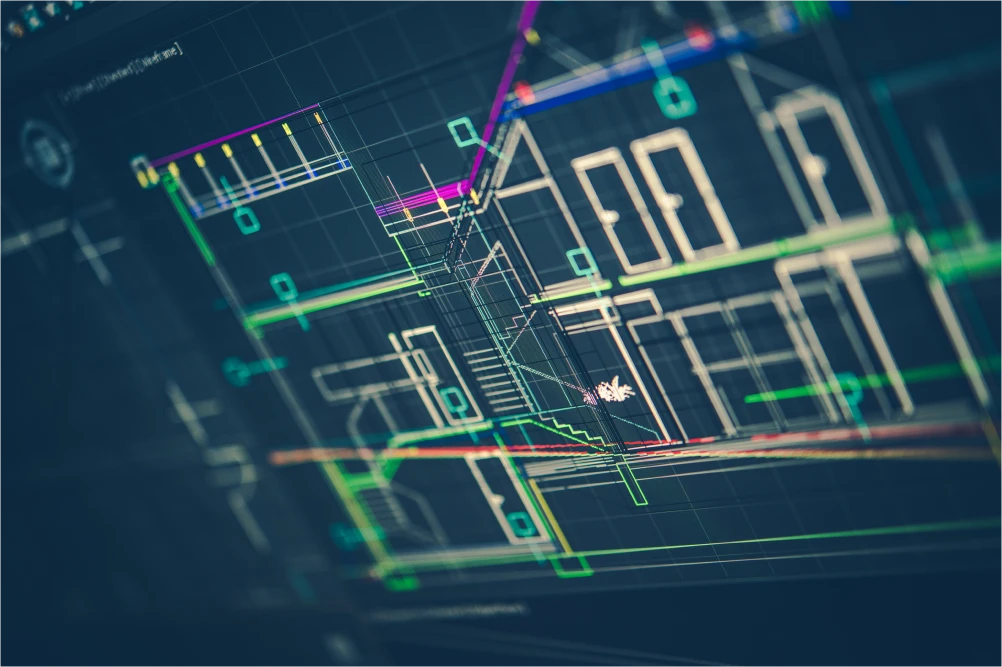
Then came 4D BIM, integrating time into the 3D model. That dramatically changes the way things work.
4D scheduling links 3D model components with time-based information, such as schedules and durations, allowing stakeholders to:
Visualize how a project will progress over time
Detect and resolve potential clashes
Optimize construction sequences
Improve communication among teams
Deliver as per deadlines
While 4D BIM helps you spot issues before they happen, it still reacts to what’s visible in the model. Predictive analytics offers a more proactive approach by identifying risks that haven’t even surfaced yet.
Diving into the Future: Predictive Analytics and 4D BIM
What is predictive analytics?
Predictive analytics help make predictions or forecast patterns and trends by analyzing historical data using AI and ML during the preconstruction and construction phases.
In AEC projects, predictive analytics intelligently takes the data within 4D BIM models and analyses it against historical project data, external factors (like weather or supplier performance), and real-time project metrics.
The insight received through this AI BIM Modeling in 4D helps the teams to reschedule tasks, allocate resources more optimally and mitigate risks proactively.
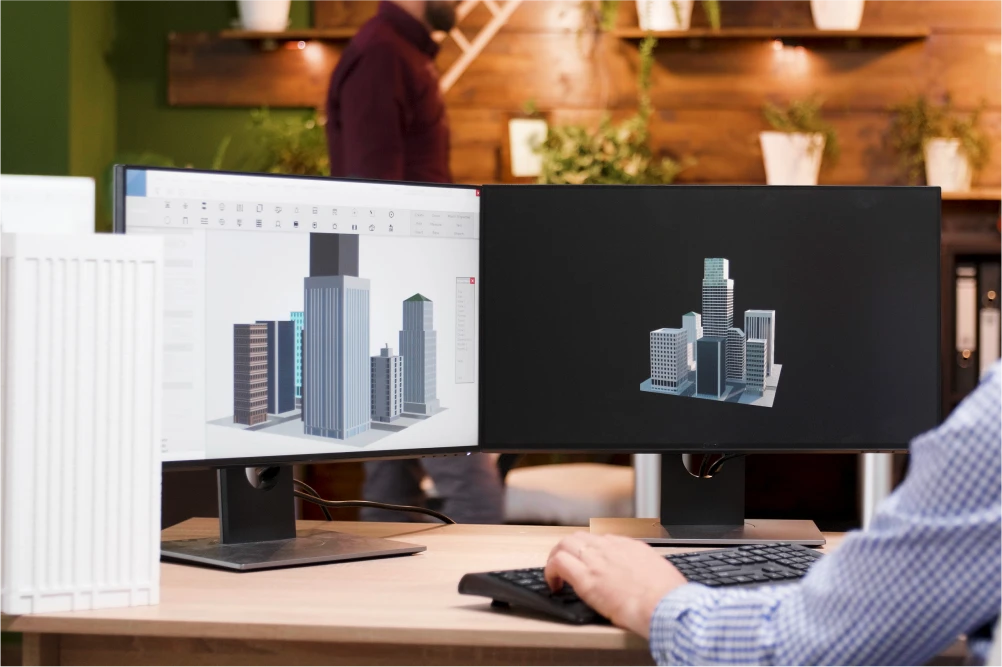
Need more clarity? Imagine this –
A high-rise project where 4D BIM shows the crane installation scheduled for Week 6.
Predictive analytics, using weather data and supplier history, flags a high risk of delay due to forecasted storms and past late deliveries.
The project team reschedules critical tasks before issues arise. Thus, making you save time, money, and a lot of stress indeed.
4D BIM and Predictive Analytics Transforming Construction Timelines
To be honest, construction timelines are full of drama ignited by communication gaps, delays and design issues.
All thanks to 4D BIM modeling services and predictive analytics as now we can finally cut the chaos and keep things moving. Take a look at how.
Proactive Risk Management
Why wait for a delay when you can see it coming? 4D BIM software like Navisworks and Synchro 4D allows simulating the entire construction sequence and spotting trouble well in advance.
Layer in predictive analytics, and the system starts learning from past projects, weather patterns, and supply chain hiccups.
No matter whether it’s a supplier delay or weather issues, these breakthroughs in the VDC industry have it sorted.
According to a McKinsey report, these intelligent and data-backed forecasting engines have reduced cost overruns upto 15%. That’s not small change.
Optimised Resource Allocation
With Revit linked to Autodesk Construction Cloud (ACC), you get real-time insights into manpower, machinery, and material availability.
There you go. Now, no more guesswork or wasted crane time.
Predictive modeling analyses past performance and future risks, helping you place the right crew and equipment at the right spot, exactly when needed.
Reduced Rework
Ever built something only to tear it down the next day? Yeah, we’ve all been there.
Clash detection and coordination help reduce the pain, but predictive analytics takes it further by identifying high-risk components based on historic error data.
Predictive insights add another layer of foresight by helping you save time, materials, and above all, your sanity.
Improved Scheduling
Think of this as Google Maps for construction timelines.
BIM 4D scheduling visualises the entire build process, while predictive analytics adjusts the route when there’s a traffic jam ahead.
Whether it’s a delay in material delivery or three days of rain, BIM 4D and predictive analytics prepare for it before it happens.
Delays? What’s that?
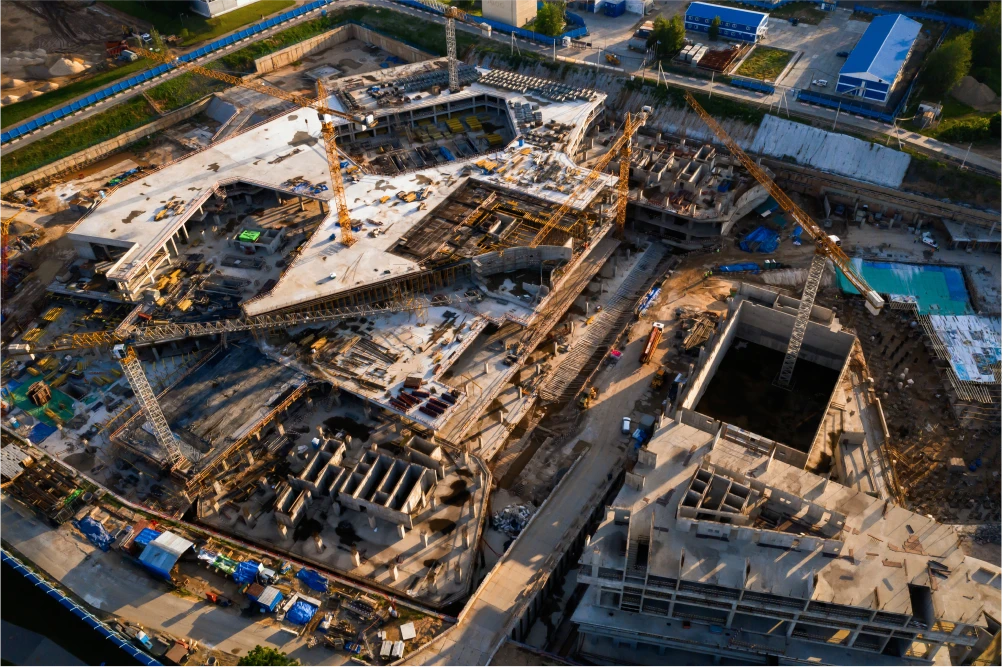
Workflow Improvements
With ACC acting as your Common Data Environment, everyone’s on the same page, literally.
Predictive modeling highlights coordination issues before they snowball. Whether it’s a gap between trades or an overdue task, you get alerts early.
Bingo! You get clear timelines, smarter planning, and less back-and-forth on-site.
Cost Management
This is where it all ties together.
With 4D and 5D BIM working side by side, cost and time are connected.
Quantity take-offs from Revit feed directly into cost models. Predictive insights track cost deviations and flag them before they explode into budget nightmares.
A ten-day delay can drain hundreds of thousands. Spotting it early saves the day as well as the budget.
Recommended Reading:
What BluEnt Brings to the Table: 4D BIM Done Right
At BluEnt, we don’t just model buildings, we model smarter ways to build.
As a professional BIM services company, we specialise in turning static 3D designs into dynamic, time-sensitive 4D simulations that construction teams can actually build from, faster and with fewer surprises.
Our BIM specialists use trusted 4D BIM software such as Autodesk Revit, Navisworks, Bentley Synchro, and Autodesk Construction Cloud to create fully coordinated models that connect design, scheduling, and logistics.
These aren’t just visual aids. In fact, they’re digital construction roadmaps tailored to real-world project conditions.
With us as your BIM partner, you get:
Clash-free 3D models connected to detailed construction schedules
Visual sequencing that makes complex builds easier to plan and manage
Automated quantity take-offs linked to time and resource data
Seamless integration with scheduling platforms like MS Project
Centralised collaboration through cloud-based CDEs
Predictive insights drawn from live and historical project data
Whether you’re delivering an airport, a high-rise, or a retail rollout, BluEnt’s 4D BIM workflows help keep your schedule honest and your teams aligned.
We’ve helped clients across the USA, UK, Middle East, and Australia reduce delays, avoid rework, and hit their milestones with confidence.
Conclusion: From Artificial to Advantageous AI
Generative AI is more than just artificial intelligence. CXOs can consider it as a strategic tool that can drive substantial return on investment for organizations if & when implemented in the correct manner. Rather than considering AI as a separate being, get it implemented into your core business strategies to enhance overall decision-making process & streamline processes.
What is generative ai? – a common answer might be that it is a tool to automate tasks. Generative AI is about developing almost limitless possibilities and their solutions. C-suite leaders must understand how it can be applied to solve their business challenges while identifying any possible opportunity to gain strategic advantage over competitors.















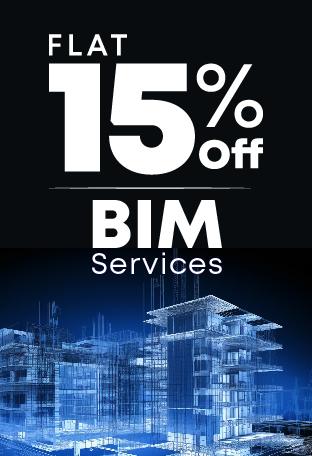


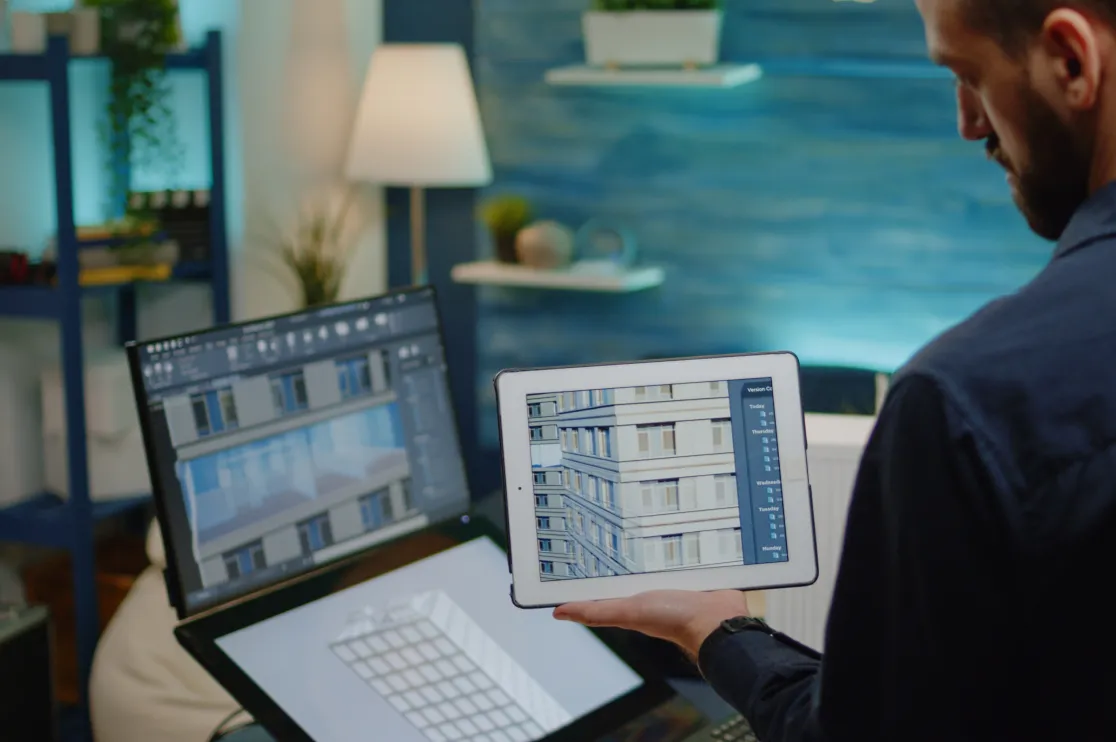 From 3D to 10D: A Simple Guide to BIM Dimensions
From 3D to 10D: A Simple Guide to BIM Dimensions  BIM to Digital Twin Journey: How Virtual Design and Construction (VDC) is the New Game Changer
BIM to Digital Twin Journey: How Virtual Design and Construction (VDC) is the New Game Changer  How AI BIM Modeling Shaping the Future of Residential Construction?
How AI BIM Modeling Shaping the Future of Residential Construction? 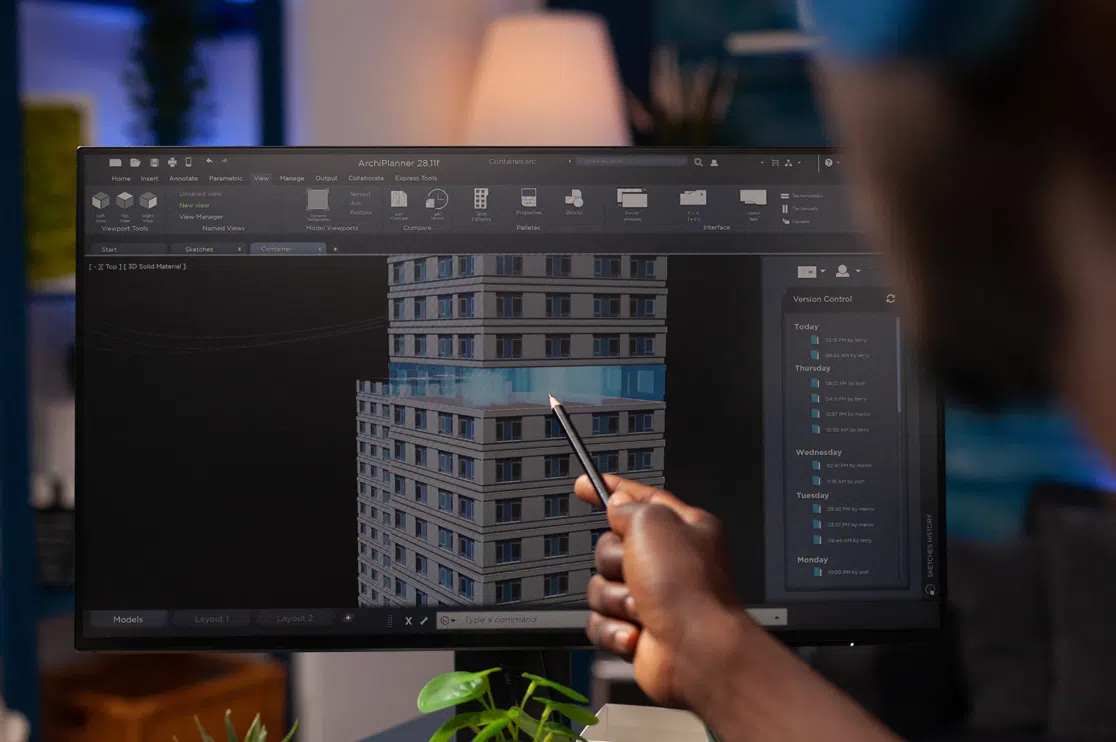 How BIM Services Enhance Collaboration, Design Choices, and Project Efficiency for Architects? – A Guide
How BIM Services Enhance Collaboration, Design Choices, and Project Efficiency for Architects? – A Guide